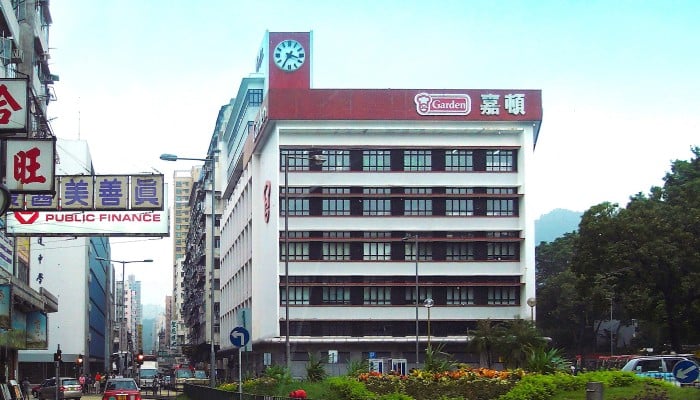
Germany’s Bauhaus school of art and design influenced architecture around the world for decades after its demise in 1933, and Hong Kong was no exception; a number of buildings erected from the 1950s to the 1970s followed the clean lines and minimalist aesthetic the modernist movement championed.
Some have been demolished already; how long those that remain will be kept safe from property developers remains to be seen.
Inaugurated in the German town of Weimar 100 years ago this month, the Bauhaus school turned the way people looked at art and design upside down, with a form-follows-function philosophy. Its founder and first director, Walter Gropius, and its third and final director, Ludwig Mies van der Rohe, are considered, along with French contemporary Le Corbusier, the founders of the modernist movement in architecture.
The school, which later moved to Dessau and then Berlin, closed in 1933, but despite its short, 14-year lifespan, Bauhaus – which loosely translates as “building house” – won followers worldwide and continues to influence art, industrial design, typography and architecture today.
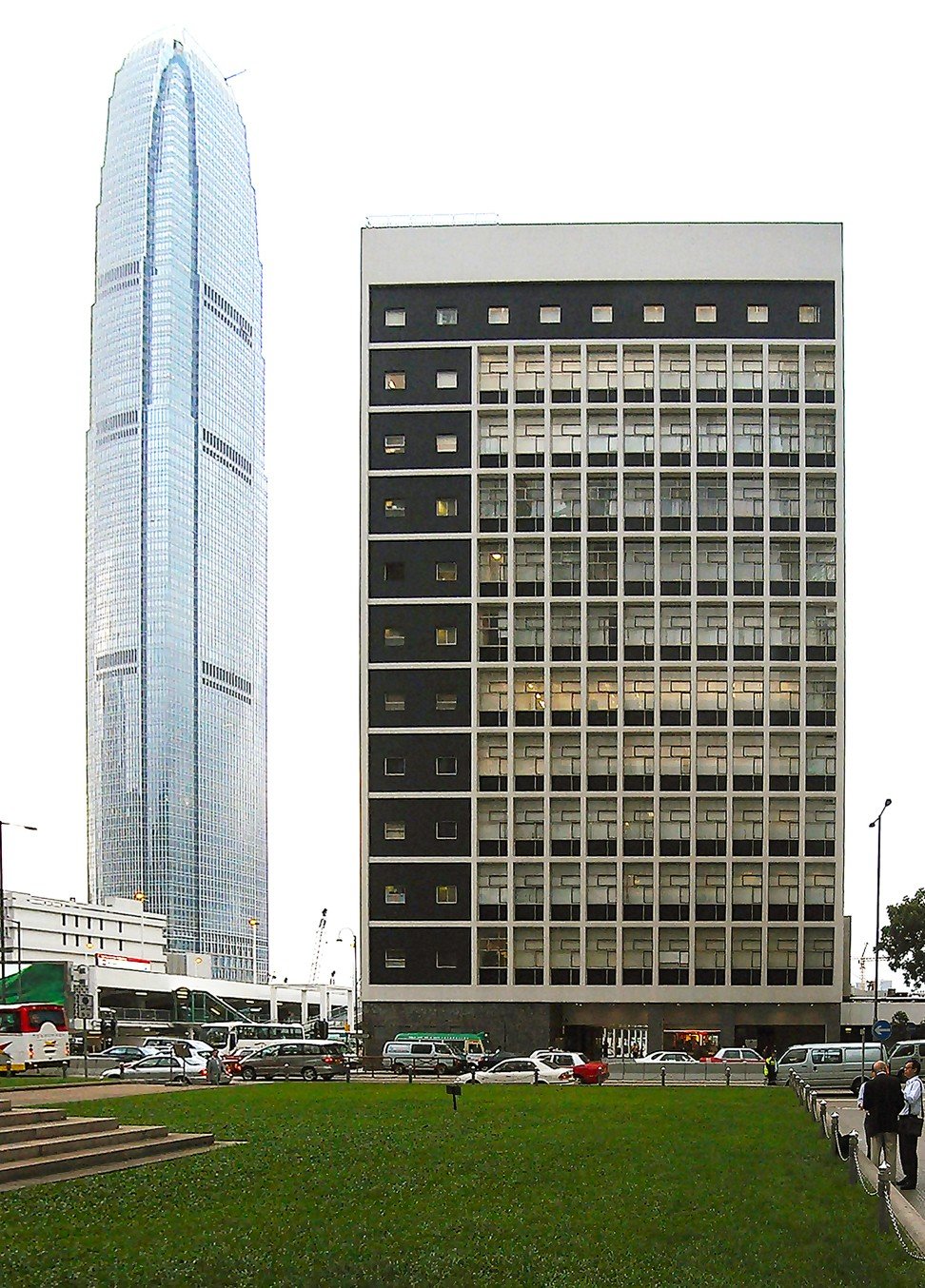
Bauhaus “is everywhere in Hong Kong”, says Lee Ho-yin, associate professor of architecture at the University of Hong Kong (HKU). He points to examples such as the former Bridges Street Market in Sheung Wan, which reopened in 2018 as a museum of news media, and Hong Kong City Hall and the General Post Office in Central district.
As for well-conserved Bauhaus homes, Lee points to Kadoorie Hill in Kowloon; most of the houses in this exclusive residential neighbourhood are built in the Bauhaus tradition and protected through their ownership by the wealthy Kadoorie family; the area’s tenants have included film star Jackie Chan and the late actor and singer Leslie Cheung Kwok-wing.
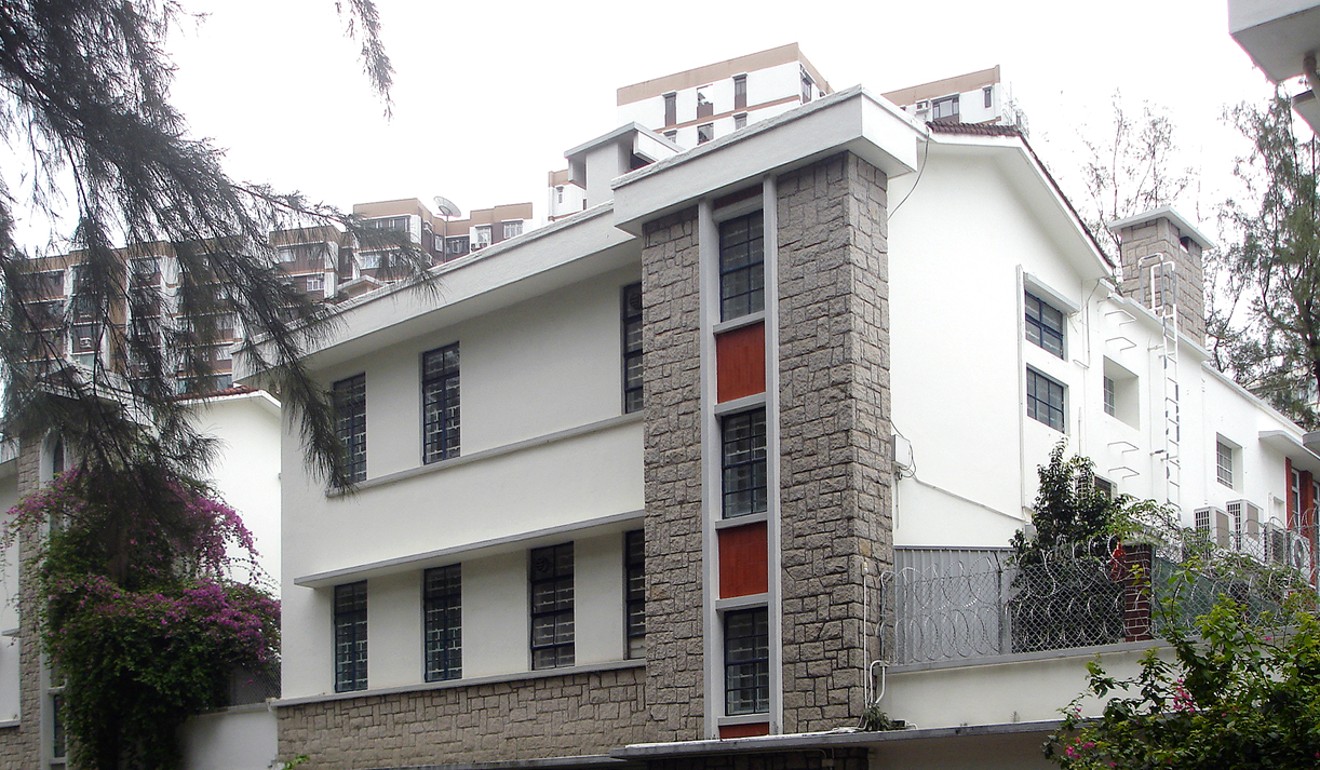
“The concentration of Bauhaus houses there [Kadoorie Hill] is quite incredible, and having one estate owner means the buildings are free from development pressure,” Lee says. “It’s even been called a mini White City after Tel Aviv,” he says, referring to the 4,000 or so Bauhaus buildings in Israel’s biggest city designed by German-Jewish architects who fled Nazi Germany for the then British Mandate of Palestine in the 1930s. In 2003 Unesco, the United Nations’ cultural organisation, named Tel Aviv a World Heritage Site for its concentration of modern architecture.
The Bauhaus philosophy also found expression in some of Hong Kong’s first public housing estates, built quickly and cheaply on functional lines to accommodate refugees who fled communist China in the 1950s.
“These estates are exactly based on the Bauhaus design – mass production and cheap and quick to build,” Lee says. “This seven-storey building here took just 21 days to complete,” he says, pointing to one of the blocks on the Shek Kip Mei Estate, Hong Kong’s first public housing estate, built in 1953 in Sham Shui Po. “They sprang up like mushrooms.”
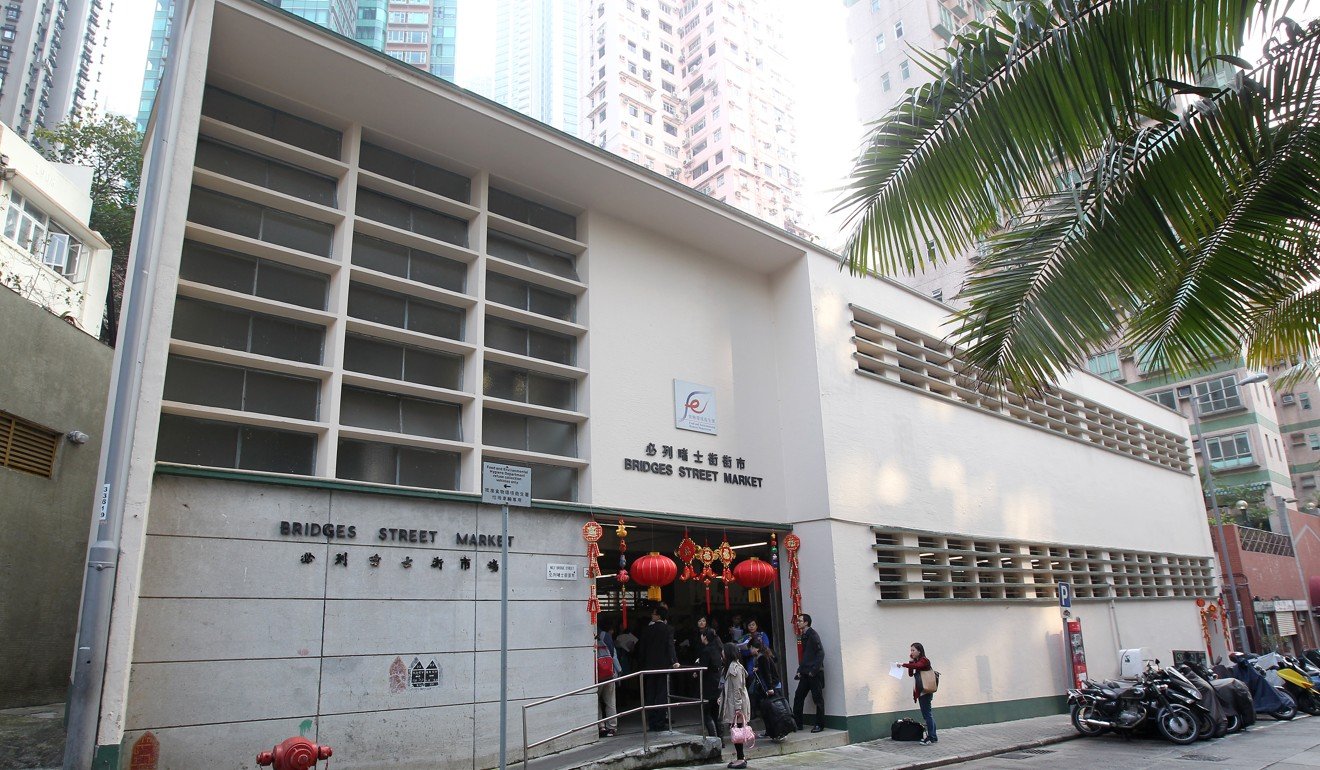
Another Bauhaus-influenced estate, the Choi Hung Estate, built in 1964, enjoys fame today thanks to its blocks’ rainbow-coloured exteriors, which have made them a magnet for Instagramers.
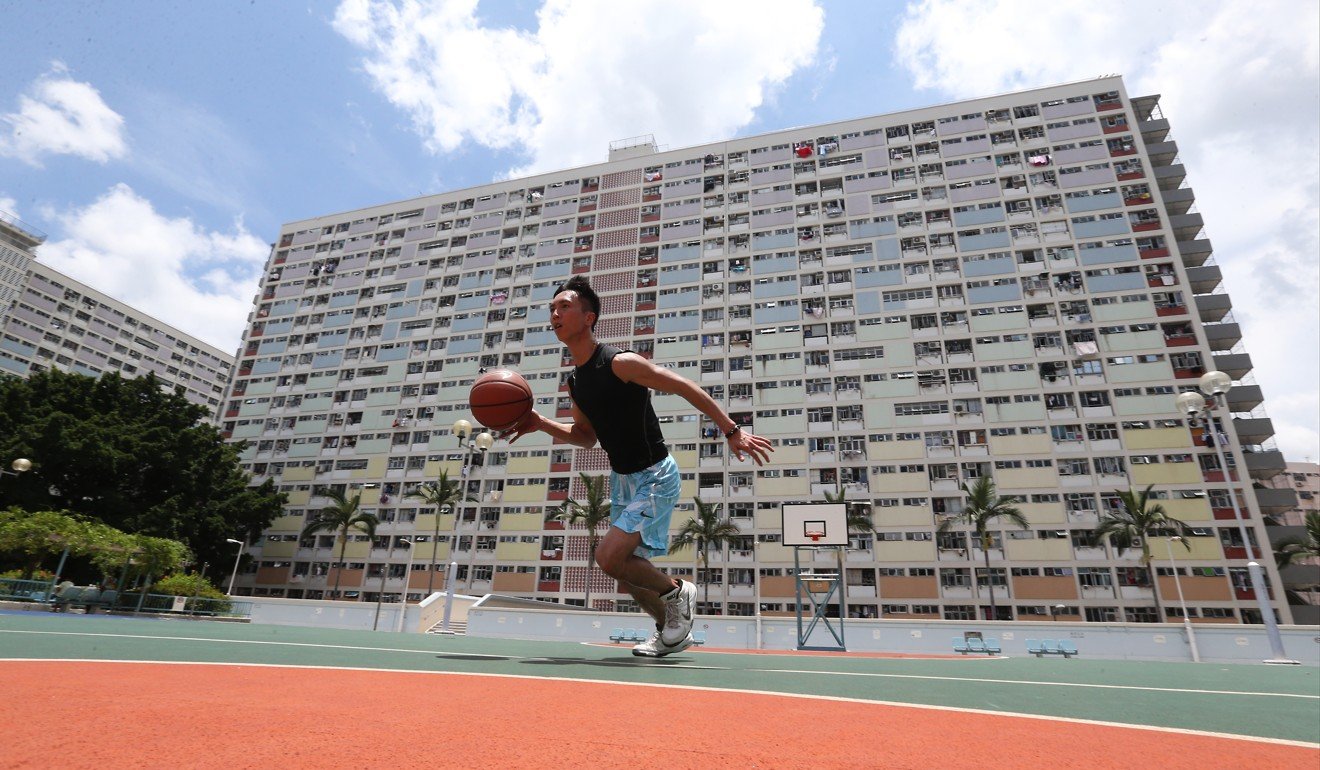
Bauhaus design went beyond architecture: its influence was felt in fields such as pottery, art (Russian painter Wassily Kandinsky, the father of abstract art, headed the Bauhaus school of painting), furniture (Marcel Breuer, who designed the tubular steel Model B3 chair, was one of the youngest students of the Bauhaus when he joined in 1920), and wall hangings (German textile artist Anni Albers was director of the Bauhaus weaving workshop).
The aim of the Bauhaus school was to unite all artistic disciplines under one roof and make good design affordable. “Architects, sculptors, painters – we all must return to craftsmanship,” Gropius wrote in his manifesto of the Bauhaus in 1919.
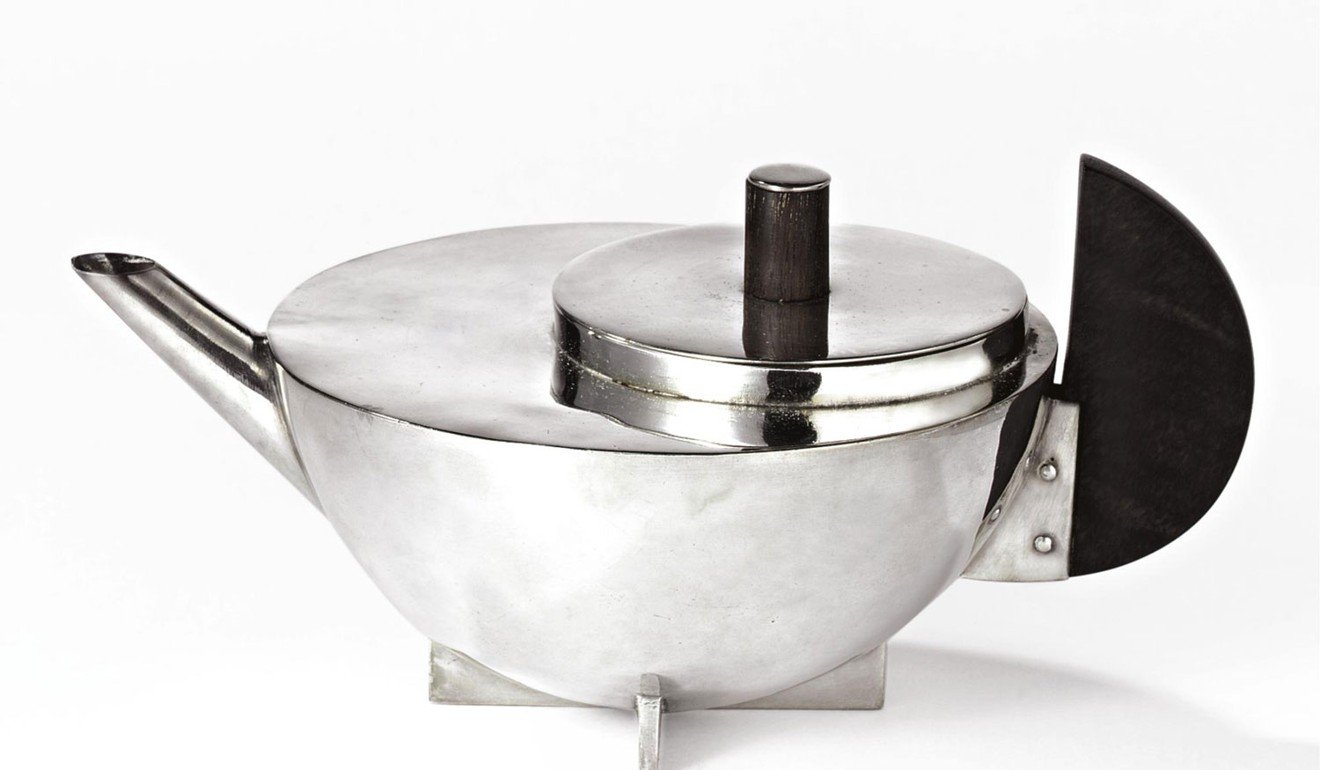
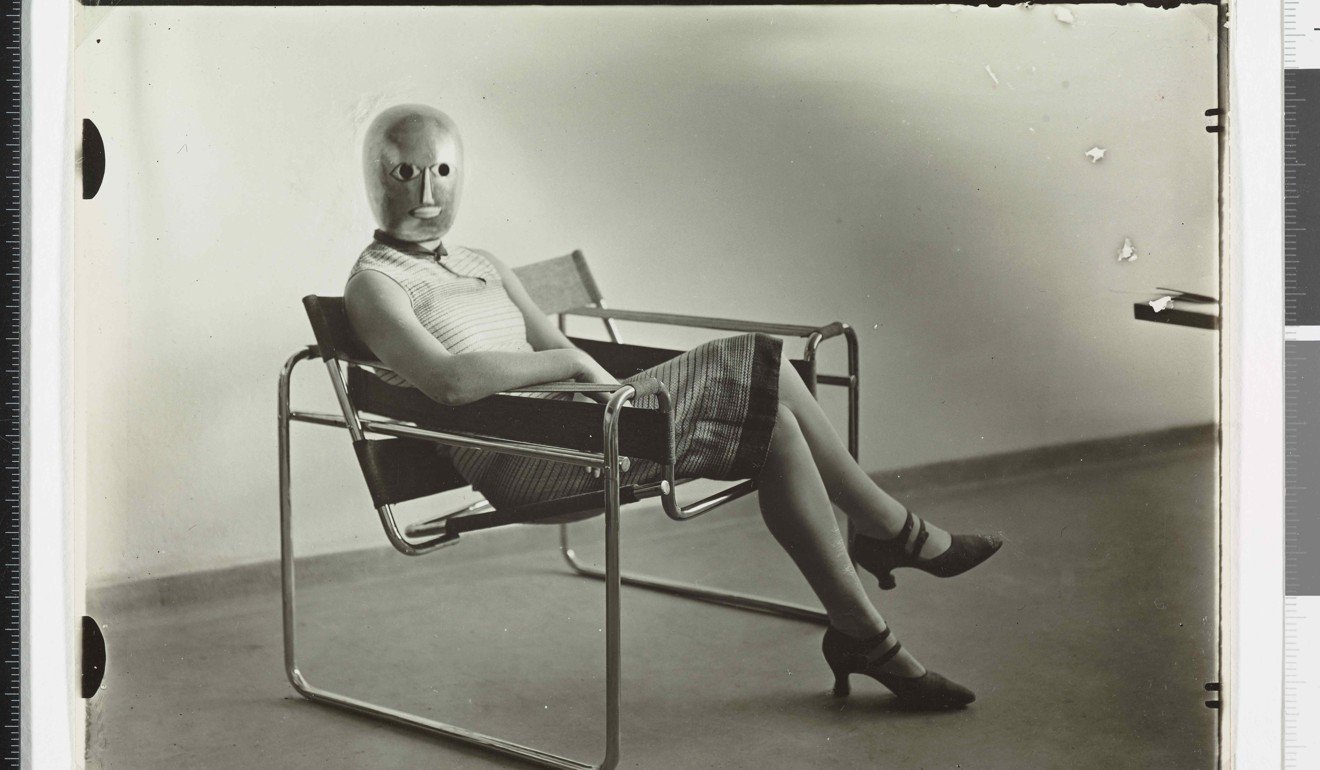
Not surprisingly, the school fell foul of Hitler’s National Socialists soon after they rose to power in Germany: the Bauhaus went against their ideology – it was free- and forward-thinking, and international rather than nostalgic. On top of that, many Jews attended the school.
The 100th anniversary of the Bauhaus is being celebrated around the world; in Germany a Bauhaus museum opened this month, in Weimar. Hong Kong is also celebrating.
At the Goethe-Institut Hongkong in Wan Chai, a centre that promotes German language and culture, director Almuth Meyer-Zollitsch walks proudly around its premises on the 14th floor of the Arts Centre, a Bauhaus building designed by Shanghai-born architect Tao Ho, who emigrated to Hong Kong in 1941 and who won acclaim for creating the Hong Kong flag that has flown since its return to Chinese rule in 1997. Ho died in March at the age of 82.
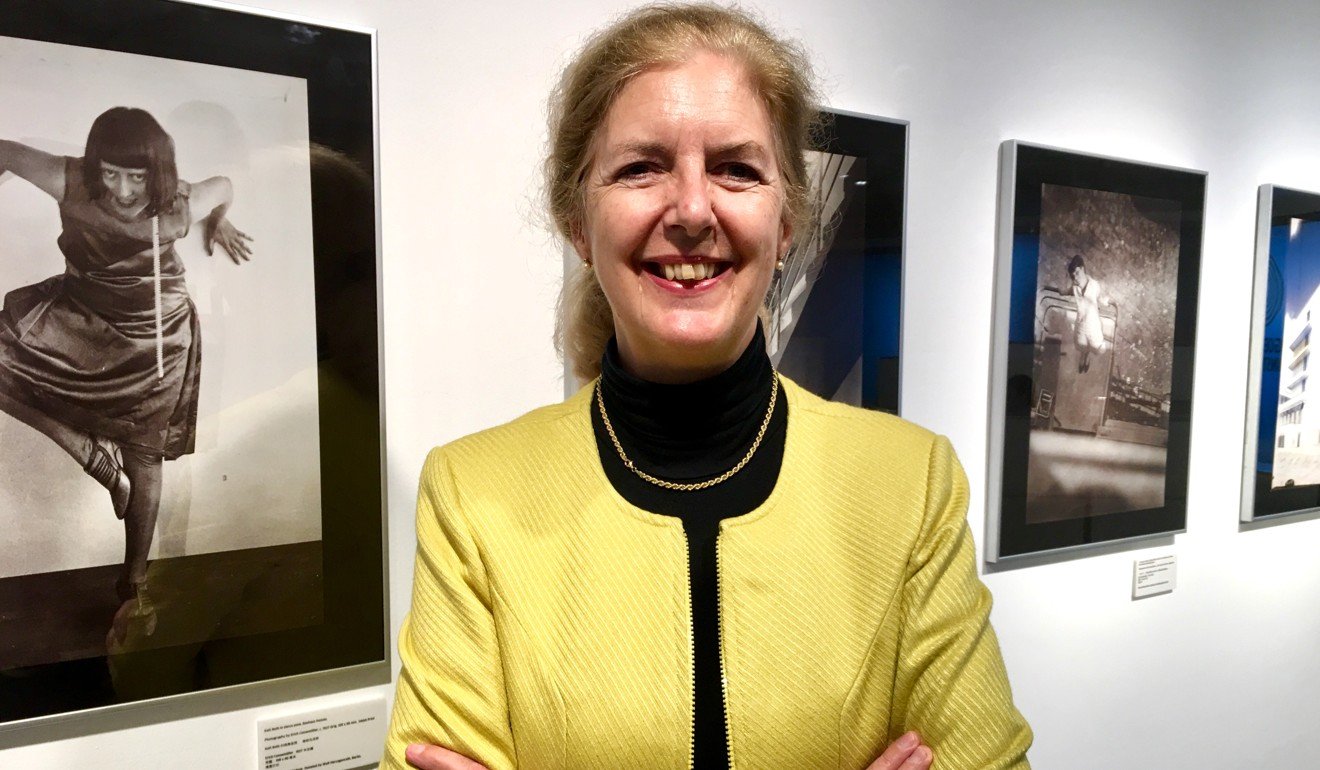
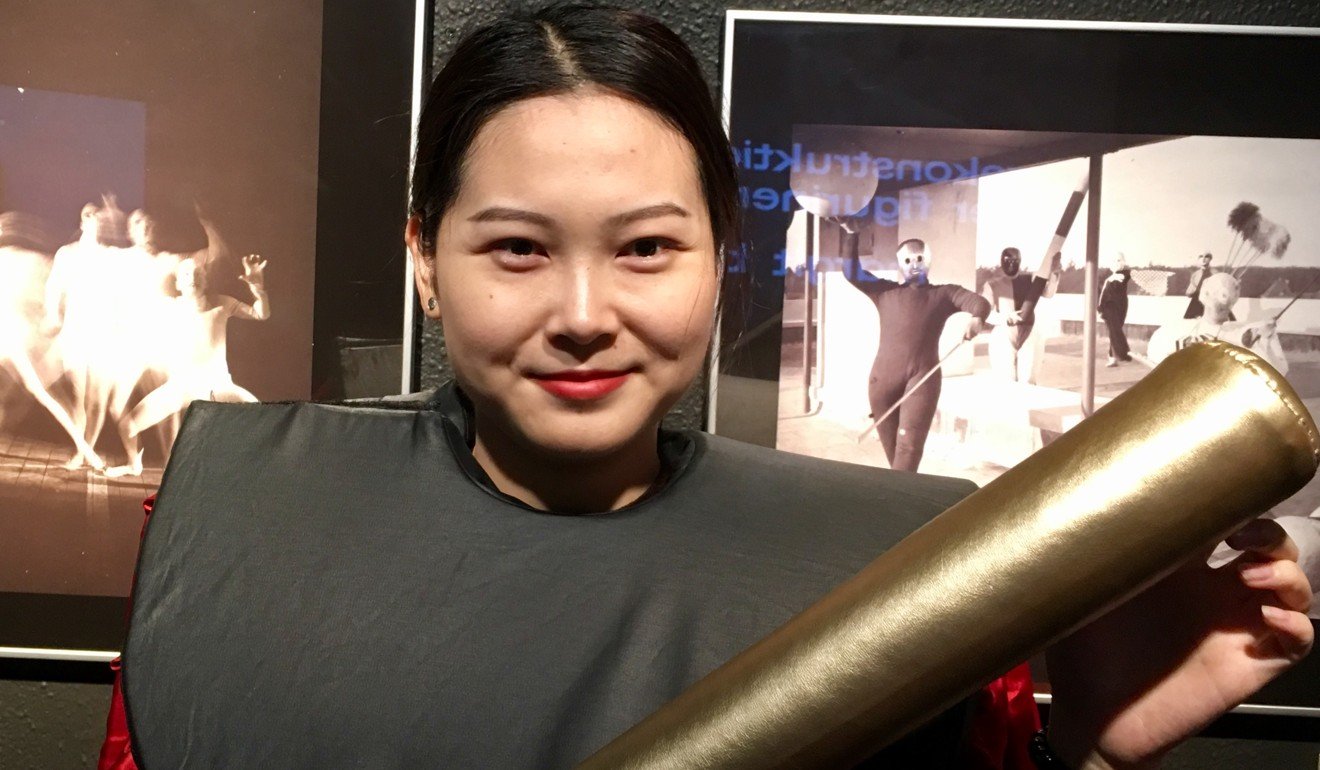
The institute has a programme of exhibitions, films, lectures and creative workshops to mark the centenary.
One aspect Meyer-Zollitsch is pushing is the role women played in Bauhaus design, something that’s been overlooked in the past because much of their work, until recently, had gone unrecognised.
With their pixie haircuts and fashionable clothes, their Leica cameras in hand, the female students of Bauhaus were a cool bunch, Meyer-Zollitsch says.
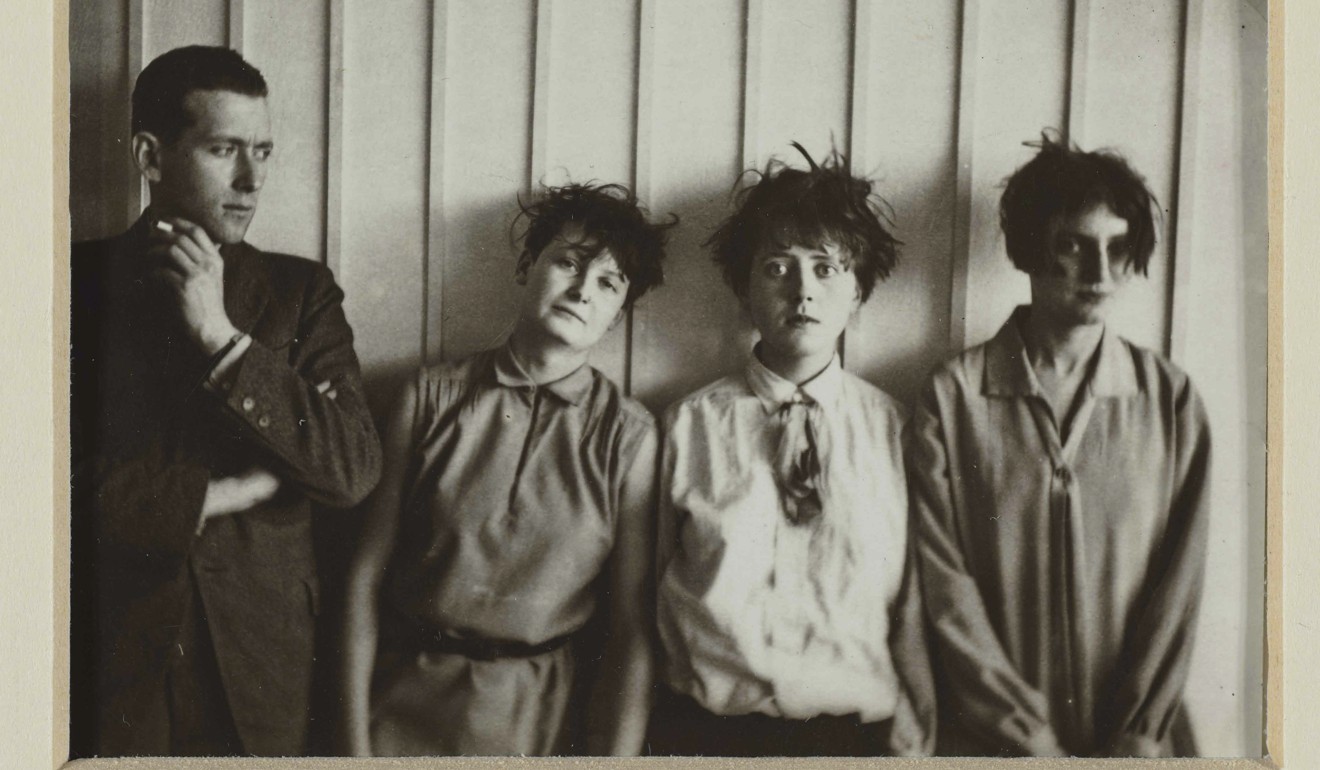
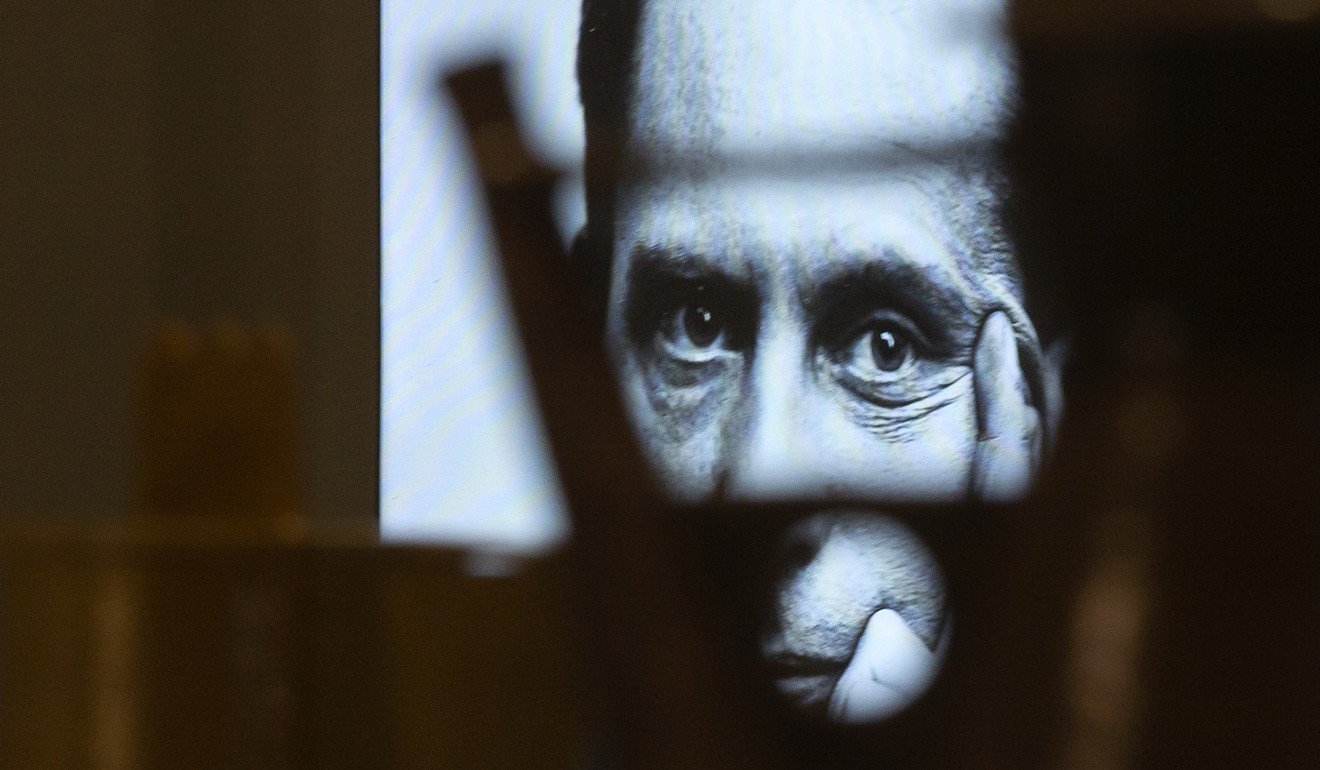
“Bauhaus was progressive in so many ways. It was the first public art academy in Germany to admit women,” she says, albeit many were forced to make compromises despite its progressive stance.
On May 9 and 10, the institute will host talks about the role of female Bauhaus graduates Gunta Stölzl and Marianne Brandt, who in 1924 became the first woman admitted to the school’s metal workshop and whose household objects (she’s famous for her model No. MT 49 teapot) are considered benchmarks of modern industrial design.
Meyer-Zollitsch says people should also not forget the fun element of the school, which often hosted dress-up parties and theatre and dance shows inspired by the avant-garde ballet Triadisches Ballett, a mix of dance and pantomime that was first staged in 1922 by the painter, sculptor and choreographer Oskar Schlemmer, who attended the Bauhaus school.
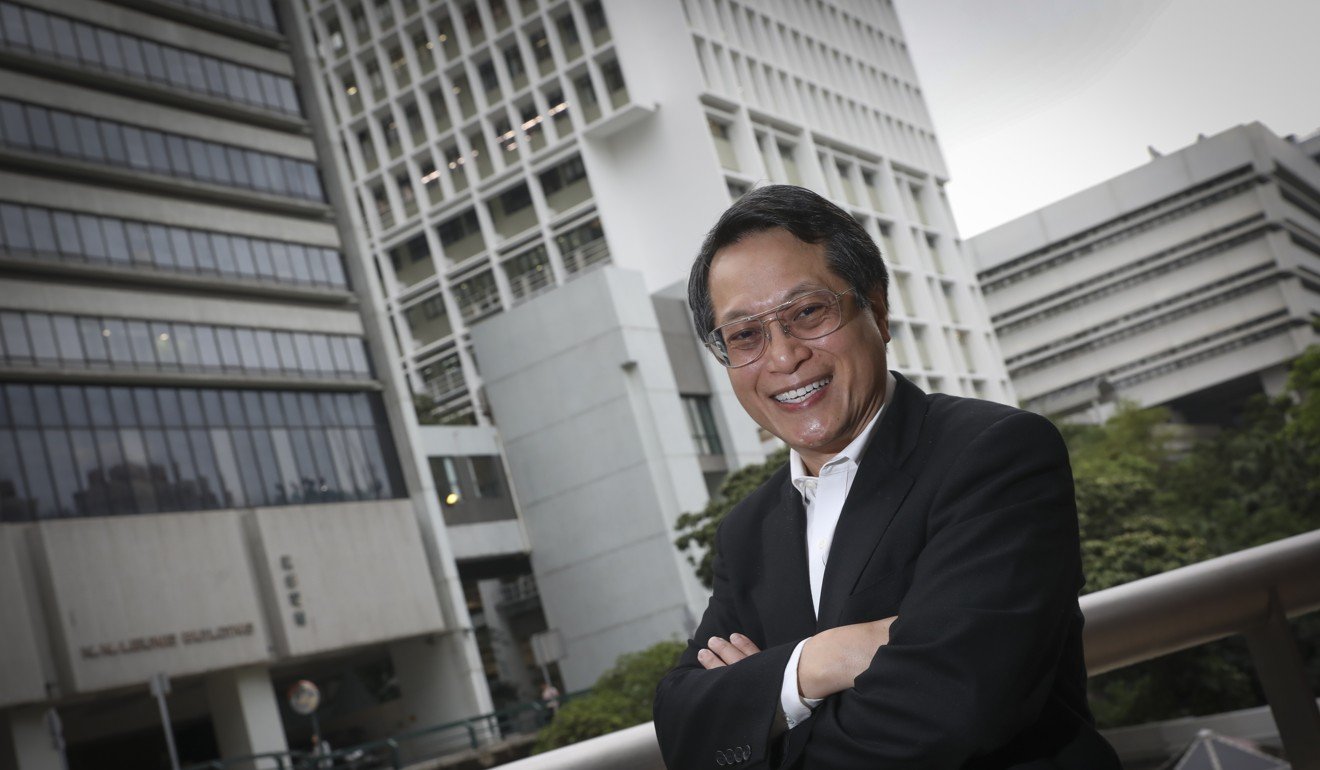
Honor Sun, a City University of Hong Kong student who is taking part in the institute’s Bauhaus programme, wore one of the colourful, surrealist costumes from the ballet when she spoke to the Post.
“It’s part of a school project to share the Bauhaus story,” she says. “People need to know about its impressive and wide influence on the design world.”
For more information about the Goethe-Institut Hongkong’s Bauhaus centenary programme, visit https://www.goethe.de/ins/cn/en/sta/hon/ver/bau.html
Notable Bauhaus buildings in Hong Kong
Bridges Street Market (1951)
This building in Sheung Wan was the first government-built indoor market in Hong Kong. It was converted, at a cost of HK$85 million (US$10.8 million) into Hong Kong News-Expo, a museum dedicated to the city's media industry, which opened in 2018.
Garden Bakery head office (1956)
The headquarters of the Hong Kong food company known for its bread and biscuits, in Sham Shui Po, is earmarked for demolition, with scaffolding already erected around its facade. A HK$2.3 billion commercial building will be constructed in its place. The 25-storey tower will include offices, shops, restaurants and a cooking school.
Hong Kong City Hall (1962)
Designed by British architects Ronald Phillips and Alan Fitch, and completed in 1962, City Hall, with its clean lines, followed the global trend of the day by forswearing ornamentation, Lee says.
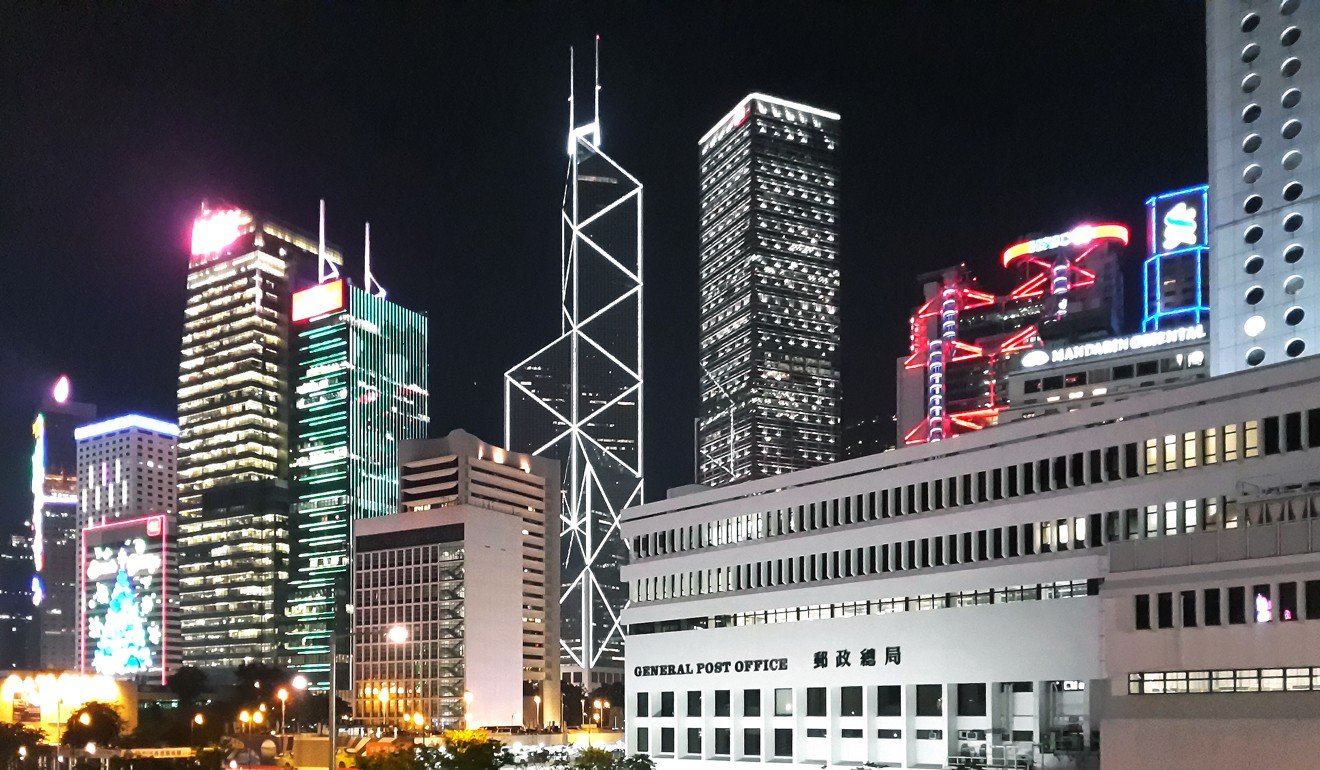
General Post Office (1976)
Designed by architect K.M. Tseng, the three-storey building in Central also has a date with the wrecking ball; it is due to be demolished in 2023 as part of a plan to centralise post office facilities in the city.
Worth a mention
Wong Ming Him Hall: built in 1952 in Sai Wan, Western district, it is part of St Paul’s College, an Anglican day school for boys.
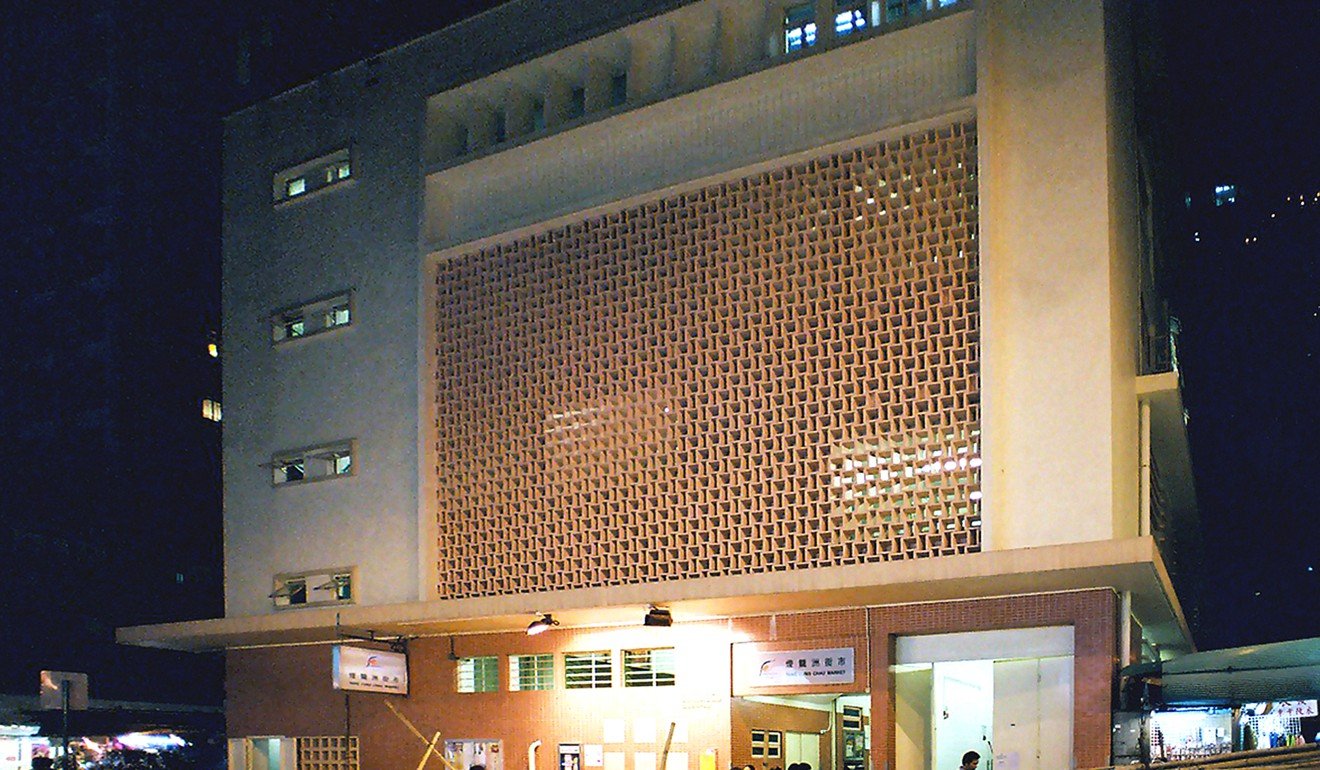
Hotung Secondary School, Causeway Bay, a building of Bauhaus design, was constructed in 1953.
Tang Lung Chau Market, Causeway Bay: built in 1964, it is a good example of functionalist architecture from the 1960s, Lee says.







